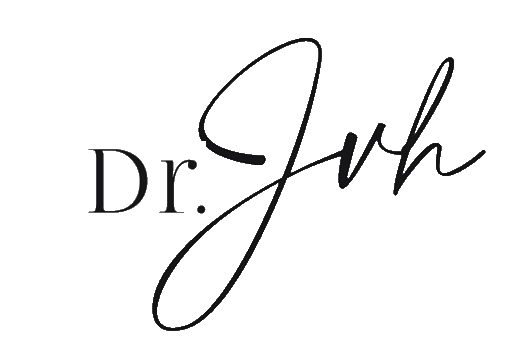Op-ed: Not So Fast, The Fed May Not Hike Just Yet
Originally published by the Inside Sources syndicate network here (which was picked up by other newspapers around the country, including The Daily Journal, The Palm Beach Post, The Courier-Post, and The Times & Democrat) .The world seems to be betting that the Federal Reserve will finally take action to increase its targeted interest rate in mid-December, something it hasn’t done in nearly a decade. Yet, although our economy seems to be moving very slowly, but steadily in the right direction, the lack of consistently positive data, unstable worldwide trends, and the timidity of Fed leadership may cause it to stall, yet again.What most people do not realize is that the Fed was not created to enact policies based on a full analysis of every economic indicator, market sector performance update, or even on what is happening in foreign economies. The Fed has what is known as a “dual mandate”: it was created to anticipate and react to the country’s inflation (currently the Fed aims for a two percent rate per year) and employment (“full employment” is the goal, which hovers around five percent).However, today’s rate of inflation is at what even its own Board of Governors has called “near historic lows,” coming in at around 1.3 percent (using its preferred core-PCE index), down from 1.5 percent in the previous quarter, and on a downward trend since mid-2014. These low rates of inflation do not include energy costs, which drive it to near zero percent due to the recent nosedive in oil prices.The most widely publicized measure of unemployment has steadily fallen to the five percent full rate of unemployment, but I am more concerned that broader measures of unemployment do not reflect an equally positive message. For example, the unemployment measure that includes those relegated to part-time work when they would prefer a full-time job – known as the U6 – stands at 9.8 percent, which is higher than the nine percent rate that prevailed when we reached full employment in 2007, and far higher than the “natural” rate of eight or 8.5 percent that some economists prefer. Combined with the third quarter (revised) GDP growth rate of only 2.1 percent as well a corporate profit reversal to the tune of negative $23 billion, and things may not seem as rosy to Fed board members as some in the media might suggest.Then there’s the rest of the world. The IMF continues to revise its world growth projections downward, which will impact our own exports, GDP, and employment. China, Russia, and Brazil are among the world’s biggest disappointments, but the EU is having its own problems adding to world growth. Throw in an uptick in terrorism and military skirmishes around the globe and I’m willing to bet we’ll see another downward revision soon.Why would the Fed consider a rate hike amid such uncertainty? Well, first, the Fed knows that anything it does today is going to take a while to take effect, so it has to be really good at predicting the future. These educated guesses take into consideration expectations as well as its members’ personal opinions concerning the tools we might need to battle the next economic downturn. Yes, one of the arguments for raising the rate is so that we can then have the option to lower it when things go awry. As of today, the Fed is concerned about the possibility of future inflation as unemployment continues falling.Although they really want to raise the targeted rate, Fed governors’ decisions are also a function of their natural human tendencies and personalities. Governors are usually described by how strongly they prefer policies that favor inflation control over employment concerns and vice versa. A more “hawkish” governor will favor rate increases as a preventive measure to expected inflation. Fed Chair Yellen, however, is a staunch “dove” while the rest of its members help make up a board that is also significantly more concerned about employment than future inflation when compared to previous boards, making it hesitant to enact any policy that may counter recent employment gains (hence no rate increases under its tenure).Given Congress’ concern for the influences that personality may have on the Fed’s discretionary power, the House recently passed the FORM Act to instill a more rigid formula for the Fed’s monetary policy. Congress’ threat to reduce the independence of the country’s central bank has been heard by the Fed, and may help to contribute to its unwillingness to take action.My humble prediction: the Fed is going to back off its December hike threats again, but with a warning even more stern than before. Too many indicators are too volatile right now and the doves at the Fed are worried they might make it worse. The problem is, with a guarantee that we will one day experience an economic downshift, many wonder if the window will close before a rate hike even gets to see the light of day, eliminating one of the Fed’s few tools for combating a recession. Maybe, that is a good thing.
Justin Vélez-Hagan is an economic policy researcher at the University of Maryland-Baltimore County. Full bio here.

